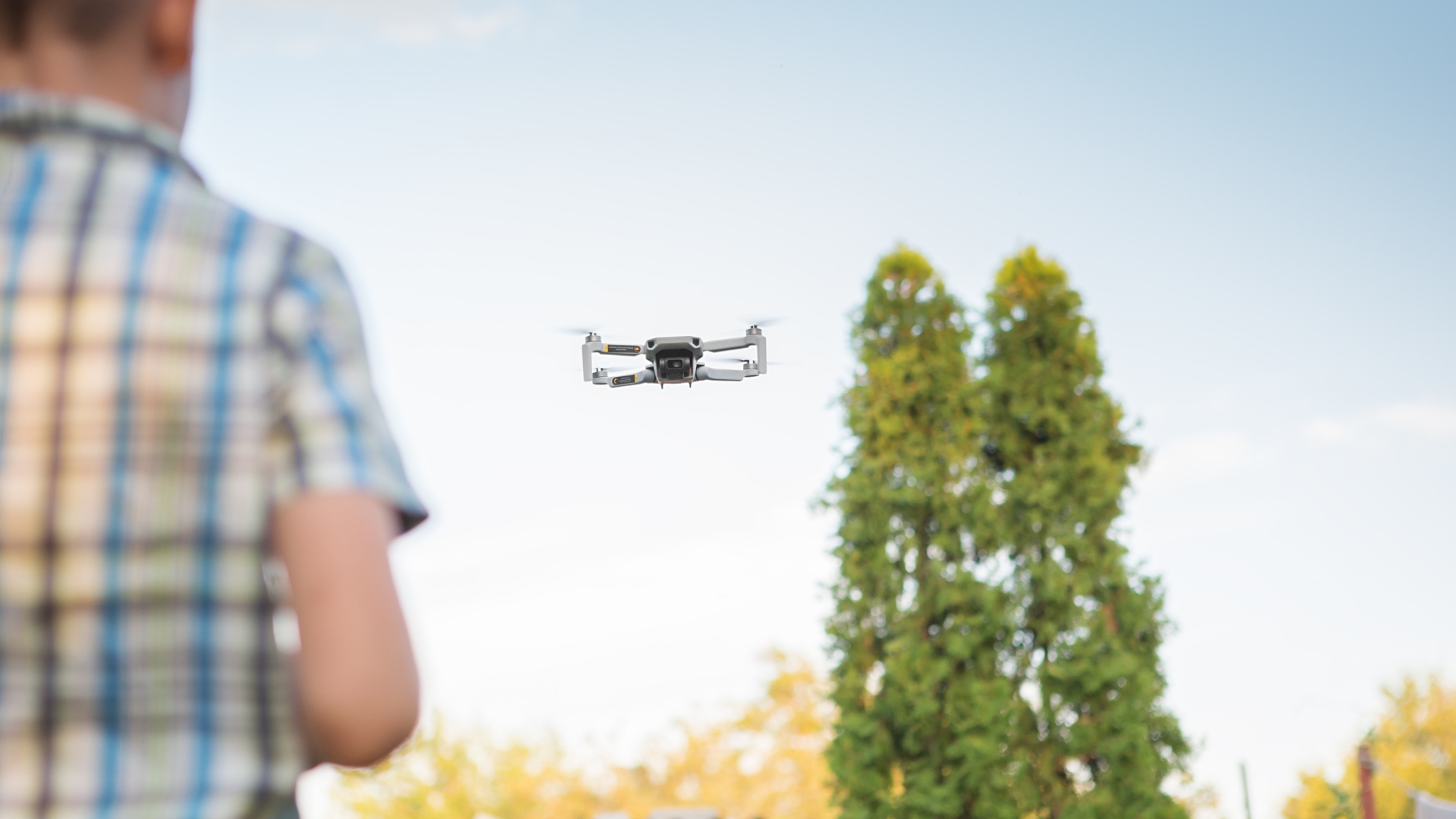At a glance
- Consultation on proposals to make it easier for drone users to fly safely and meet regulatory requirements is now open. The consultation closes on 10th January 2024.
- Proposals are based on feedback from the drone community in previous Call for Input, and input from the Department for Transport, Home Office, and the Police
- Proposals include introduction of product requirements for drones, extension of Flyer ID training to users of drones under 250g, introduction of Remote ID and extension of time period to adopt new drones by two years.
The UK Civil Aviation Authority has today signalled proposals designed to make drone flights safer and to make it easier for drone users to understand and comply with regulations.

Proposed changes have been published in a significant consultation by the regulator that will allow the continued expansion of drone flying, while also increasing the safety and security of drone operations.
The UK Civil Aviation Authority’s proposals cover a range of areas, including proposed changes to drones themselves to be implemented by manufacturers.
They are based on initial feedback from the drone community following an earlier Call for Input on many of the same subjects, as well as input from the Department for Transport, Home Office and Police.
Among the changes proposed are:
- Simplifying regulations by reducing complexity in operational requirements in the ‘Open’ category, renaming operational sub-categories to ‘over’, ‘near’ and ‘far’, and removing confusing exemptions for ‘toy’ drones
- Increasing education and understanding of regulations, by requiring flyers of drones under 250g to take the free online Flyer ID test, increasing the guidance and information digitally provided to users via their drone controllers and displays, and improving our guidance material
- Improving drone safety and security by implementing product standards for drones through a system of class-marking
- Enabling safe and secure airspace through the introduction of Remote ID, geo-awareness and geo-fencing functionality for certain categories of drones
- Supporting the drone sector by giving more time for UAS operators to adopt class-marked drones and implementing more flexible product assessment procedures for manufacturers
Today’s consultation demonstrates the UK Civil Aviation Authority’s commitment to assisting all drone users to fly safely and responsibly and to enable the drone sector to continue to grow.
The consultation is open for eight weeks and will close on 10 January 2024.
Kevin Woolsey, co-head of Remotely Piloted Aircraft Systems at the UK Civil Aviation Authority, said:
“We want to make sure that the use of drones continues to safely expand and that regardless of whether people are flying for fun or commercially they understand the rules and regulations.
“These proposals will help make the UK’s drone regulations fit for today and for the future. We want them to be clear and accessible for users while making sure they deliver the levels of safety and security required.
“We’ve listened to the drone community and believe what we are proposing will make it easier for drone users to understand the requirements and fly safely. We’re now keen to hear from everyone involved via the consultation.”
Notes to editors
- The full consultation, and ability to respond, is online via our Consultations page.
- We expect to publish our response to the consultation next year, setting out our final position.
- We will then submit our formal opinion to the Department for Transport, who will consider our recommendations in full before deciding whether to progress with legislative change.
News from UK Civil Aviation Authority
- Experts appointed by regulator to strengthen economic regulation and support growth
- UK Civil Aviation Authority and Ministry of Defence join forces to build pathway into civil aviation for military personnel
- Regulator’s accessibility assistance report highlights progress made by most UK airports but finds three airports need improvement

